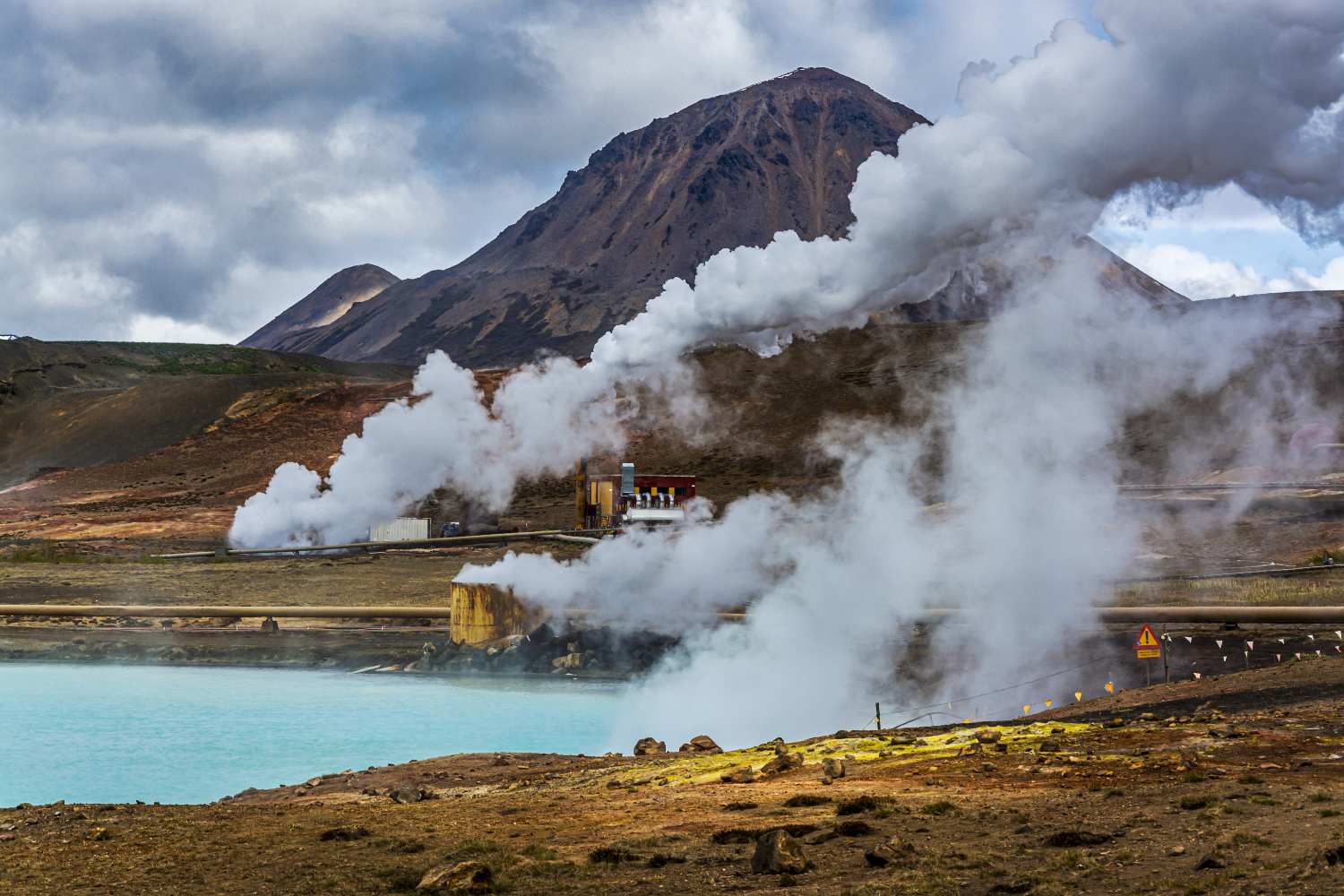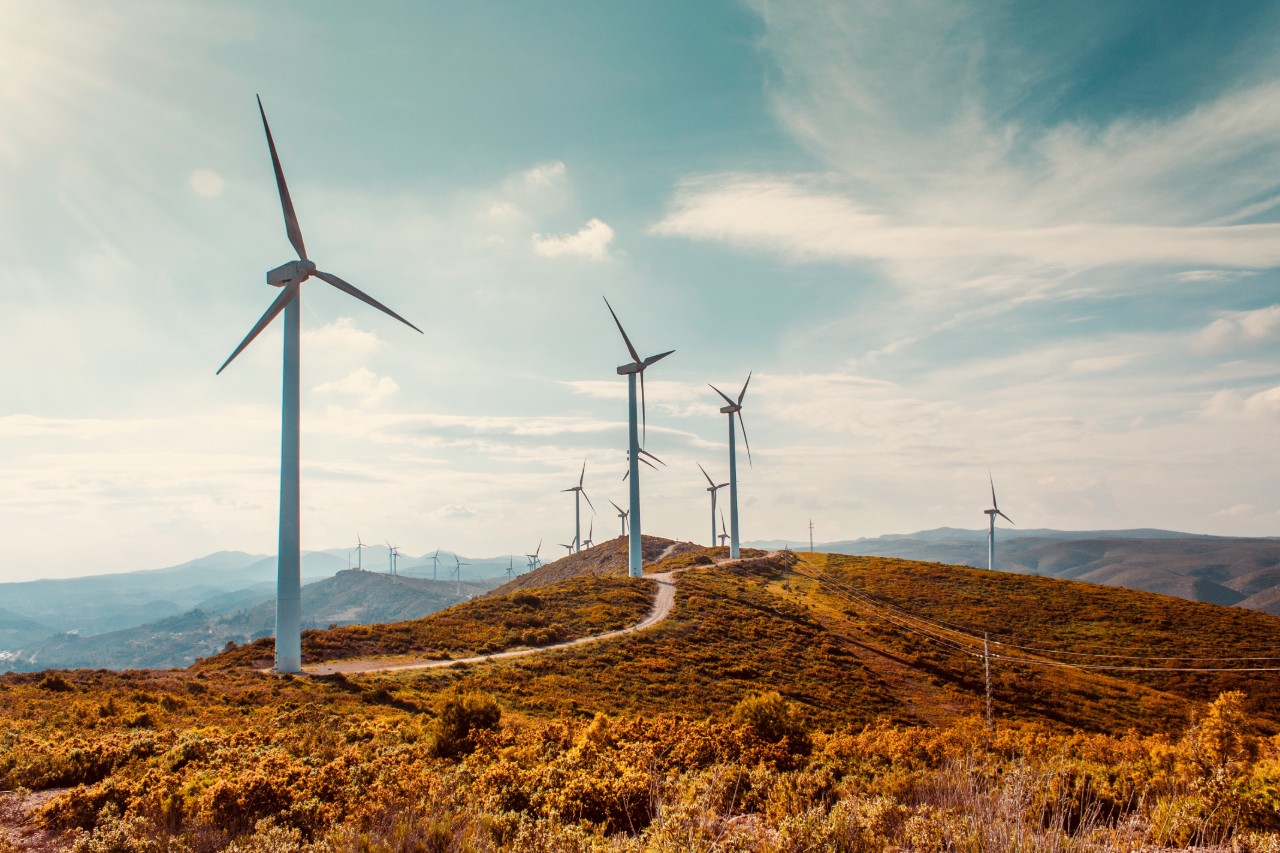
While everyone knows about wind and solar power, geothermal energy is another very promising renewable energy resource that deserves your attention. Like wind and solar, it’s considered green energy, which is considered the most environmentally friendly energy source available to us today. Geothermal has the potential to change our lives for good, so knowing more about it can only bring about better understanding and — hopefully — change!
The question is: Is geothermal energy renewable?
The word “geothermal” is Greek in origin, with the prefix geo- meaning earth and thermal meaning heat. Thus, whereas solar and wind come from the sun, geothermal energy comes from deep within our planet. However, while that heat can certainly be used to warm homes or take a relaxing dip in a hot spring, it can’t create electricity on its own.
In most cases, geothermal energy is used to heat water either deep within the earth’s crust or on the surface. As the water evaporates from a geothermal resevoir, it creates steam to power turbines that transform the kinetic energy into electricity.
Accessing this energy, however, is somewhat limited. No matter where you dig, you’ll eventually find a viable source of heat for a potential geothermal system. But our current technology limits us only to places where pieces of the earth’s crust — also called tectonic plates — meet. These are where geothermal energy is most easily accessible to us.
Therefore, it’s easy to see why countries like Iceland, El Salvador and the Philippines generate at least 15% of their electricity using geothermal heating. All three countries are located near a tectonic boundary and thus have an ample supply of natural geothermal resources. In fact, 90% of Iceland’s households use geothermal energy for heating.1
However, it might come as a surprise that the United States is actually the world’s leader in geothermal-produced electricity. The state of California is home to the world’s largest geothermal system, known as The Geysers. As of 2021, the complex contains 13 operating geothermal plants and 300+ steam wells, accounting for about 10% of all of California’s renewable energy generation.
California’s Geysers represent the dry steam method for converting geothermal into electricity. But that’s not the only way to harness this green energy source. Several innovations in geothermal technology have allowed us to capture and convert several different types of geothermal activity.

There are three different categories of geothermal technologies:
Dry steam geothermal power plants like The Geysers in California were the first of their kind invented to create electricity. They are most often considered high temperature fields as steam from the earth is directly pumped to drive a generator and produce electricity.
Flash steam power plants unseated dry steam as the most common geothermal system in place today. To generate electricity, fluid is pumped under high pressure into a lower-pressure tank. This change in pressure causes the fluid to evaporate, which drives the turbine.
The third available method, binary cycle plants, uses a heat exchanger and is more commonly used for medium temperature fields. The hot fluid beneath the earth “exchanges” its heat energy to another fluid with a lower boiling temperature within the turbine. The steam from the second fluid then spins the turbine to create electricity.
In Iceland, geothermally heated water is common for all manner of uses. Not only is it used to provide their homes with natural hot water without a water heater, but it’s also their main source of drinking water, as it’s been purified and cooled. Moreover, Iceland also uses geothermal waters to keep its roads free of snow during winter.
Geothermal energy can also be used to heat and cool homes worldwide, not just in Iceland. Approximately 10 feet below the earth’s surface, temperatures are consistently between 50°F and 60°F. Scientists have learned how to utilize this constant temperature through geothermal heat pumps to heat and cool homes all year round without using an HVAC.
There are many advantages to integrating geothermal energy into our everyday energy mix:
That said, several challenges remain before widespread adoption of geothermal can happen:

The energy industry is changing, and renewable resources like geothermal, solar, wind, biomass, and hydropower will be the way forward. Therefore, learning more about them and understanding where they come from will be one step closer to a better, brighter future.
To learn more about green energy, green living and all things sustainability, check out our Chariot University page and the Chariot Energy blog!
Sources: